67
6
Note: There is not been a vanilla parity test challenge yet (There is a C/C++ one but that disallows the ability to use languages other than C/C++, and other non-vanilla ones are mostly closed too), So I am posting one.
Given a positive integer, output its parity (i.e. if the number is odd or even) in truthy/falsy values. You may choose whether truthy results correspond to odd or even inputs.
Examples
Assuming True/False as even and odd (This is not required, You may use other Truthy/Falsy values for each), responsively:
(Input):(Output)
1:False
2:True
16384:True
99999999:False
Leaderboard
var QUESTION_ID=113448,OVERRIDE_USER=64499;function answersUrl(e){return"https://api.stackexchange.com/2.2/questions/"+QUESTION_ID+"/answers?page="+e+"&pagesize=100&order=desc&sort=creation&site=codegolf&filter="+ANSWER_FILTER}function commentUrl(e,s){return"https://api.stackexchange.com/2.2/answers/"+s.join(";")+"/comments?page="+e+"&pagesize=100&order=desc&sort=creation&site=codegolf&filter="+COMMENT_FILTER}function getAnswers(){jQuery.ajax({url:answersUrl(answer_page++),method:"get",dataType:"jsonp",crossDomain:!0,success:function(e){answers.push.apply(answers,e.items),answers_hash=[],answer_ids=[],e.items.forEach(function(e){e.comments=[];var s=+e.share_link.match(/\d+/);answer_ids.push(s),answers_hash[s]=e}),e.has_more||(more_answers=!1),comment_page=1,getComments()}})}function getComments(){jQuery.ajax({url:commentUrl(comment_page++,answer_ids),method:"get",dataType:"jsonp",crossDomain:!0,success:function(e){e.items.forEach(function(e){e.owner.user_id===OVERRIDE_USER&&answers_hash[e.post_id].comments.push(e)}),e.has_more?getComments():more_answers?getAnswers():process()}})}function getAuthorName(e){return e.owner.display_name}function process(){var e=[];answers.forEach(function(s){var r=s.body;s.comments.forEach(function(e){OVERRIDE_REG.test(e.body)&&(r="<h1>"+e.body.replace(OVERRIDE_REG,"")+"</h1>")});var a=r.match(SCORE_REG);a&&e.push({user:getAuthorName(s),size:+a[2],language:a[1],link:s.share_link})}),e.sort(function(e,s){var r=e.size,a=s.size;return r-a});var s={},r=1,a=null,n=1;e.forEach(function(e){e.size!=a&&(n=r),a=e.size,++r;var t=jQuery("#answer-template").html();t=t.replace("{{PLACE}}",n+".").replace("{{NAME}}",e.user).replace("{{LANGUAGE}}",e.language).replace("{{SIZE}}",e.size).replace("{{LINK}}",e.link),t=jQuery(t),jQuery("#answers").append(t);var o=e.language;/<a/.test(o)&&(o=jQuery(o).text()),s[o]=s[o]||{lang:e.language,user:e.user,size:e.size,link:e.link}});var t=[];for(var o in s)s.hasOwnProperty(o)&&t.push(s[o]);t.sort(function(e,s){var F=function(a){return a.lang.replace(/<\/?a.*?>/g,"").toLowerCase()},el=F(e),sl=F(s);return el>sl?1:el<sl?-1:0});for(var c=0;c<t.length;++c){var i=jQuery("#language-template").html(),o=t[c];i=i.replace("{{LANGUAGE}}",o.lang).replace("{{NAME}}",o.user).replace("{{SIZE}}",o.size).replace("{{LINK}}",o.link),i=jQuery(i),jQuery("#languages").append(i)}}var ANSWER_FILTER="!t)IWYnsLAZle2tQ3KqrVveCRJfxcRLe",COMMENT_FILTER="!)Q2B_A2kjfAiU78X(md6BoYk",answers=[],answers_hash,answer_ids,answer_page=1,more_answers=!0,comment_page;getAnswers();var SCORE_REG=/<h\d>\s*([^\n,]*[^\s,]),.*?(\d+)(?=[^\n\d<>]*(?:<(?:s>[^\n<>]*<\/s>|[^\n<>]+>)[^\n\d<>]*)*<\/h\d>)/,OVERRIDE_REG=/^Override\s*header:\s*/i;body{text-align:left!important}#answer-list,#language-list{padding:10px;width:290px;float:left}table thead{font-weight:700}table td{padding:5px}<script src="https://ajax.googleapis.com/ajax/libs/jquery/2.1.1/jquery.min.js"></script> <link rel="stylesheet" type="text/css" href="//cdn.sstatic.net/codegolf/all.css?v=83c949450c8b"> <div id="answer-list"> <h2>Leaderboard</h2> <table class="answer-list"> <thead> <tr><td></td><td>Author</td><td>Language</td><td>Size</td></tr></thead> <tbody id="answers"> </tbody> </table> </div><div id="language-list"> <h2>Winners by Language</h2> <table class="language-list"> <thead> <tr><td>Language</td><td>User</td><td>Score</td></tr></thead> <tbody id="languages"> </tbody> </table> </div><table style="display: none"> <tbody id="answer-template"> <tr><td>{{PLACE}}</td><td>{{NAME}}</td><td>{{LANGUAGE}}</td><td>{{SIZE}}</td><td><a href="{{LINK}}">Link</a></td></tr></tbody> </table> <table style="display: none"> <tbody id="language-template"> <tr><td>{{LANGUAGE}}</td><td>{{NAME}}</td><td>{{SIZE}}</td><td><a href="{{LINK}}">Link</a></td></tr></tbody> </table>

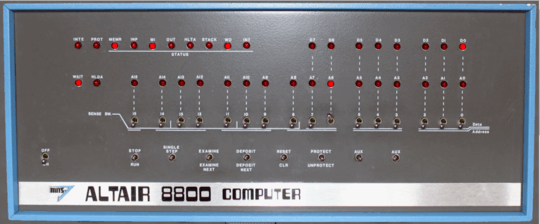
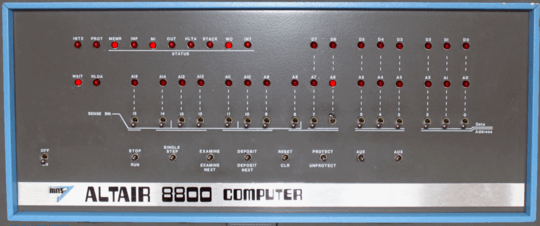

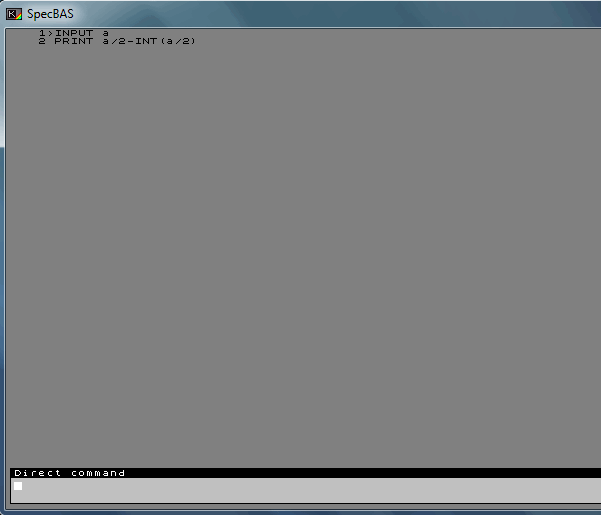
![ask [] and wait; say ((answer) mod (2));](../../I/static/images/bee65188be21f12c7de87de7076e3d7bae910edab1f95d30b16968c9829f2e9a.png)
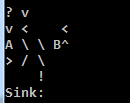
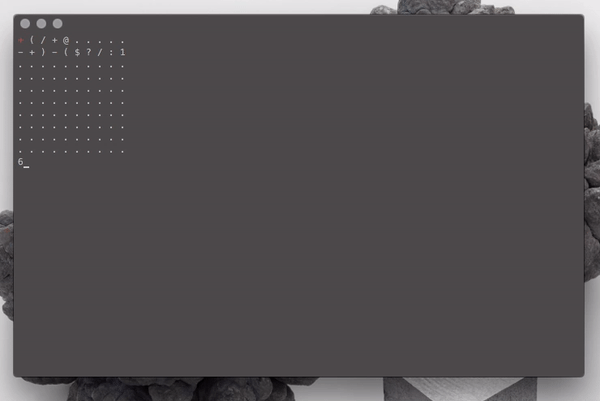

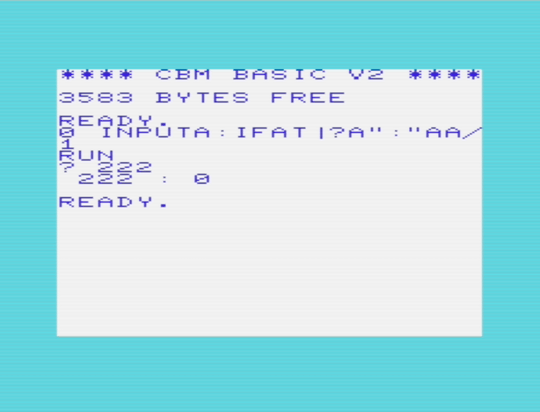


2This isn't the first time I've confused mathematical with computational parity... this is a code site after all! – Neil – 2017-03-21T10:38:25.247
Since this is pretty much one of these(1,2,3) questions, it should probably have a snippet to see all the answers.
– fəˈnɛtɪk – 2017-03-21T13:57:49.687@mbomb007 Why the change from Catalogue to Leaderboard? – Mike Bufardeci – 2017-03-21T16:36:18.227
4@MikeBufardeci Because "catalogue" is spelled differently based on which country you're from. For those of us in the U.S., it's "catalog". "Leaderboard" is culture-invariant. – mbomb007 – 2017-03-21T16:37:11.000
is 0 an even number? – tuskiomi – 2017-03-22T00:12:25.613
2@tuskiomi The challenge only asks about positive integers. (0 is considered even but not positive) – Calvin's Hobbies – 2017-03-22T02:46:00.537
I'm new here. Just curious, just subscribed, but I do not even understand what's being asked here... any help understanding? – Lucio Crusca – 2017-03-23T14:49:44.197
3
@LucioCrusca Welcome to PPCG! The basic idea of Code Golf is to make a program in the shortest form you can. This challenge is to read an integer (positive,non-zero), and output if it is even or odd. If you are confused with something, please visit The Nineteenth Byte and ask freely. Or if you are confused with the site's policy or rules, go to the Meta. Finally, Thanks for subscribing to our community!
– Matthew Roh – 2017-03-23T15:09:31.057As @HelkaHomba mentioned, zero is not positive; what is the expected result for input of zero? Or do we not care? – Richard – 2017-03-26T18:42:19.257
Could we just return the least significant bit? – SIGSTACKFAULT – 2017-03-26T18:53:15.443
@Richard We dont care. – Matthew Roh – 2017-03-26T22:48:43.437
@Blacksilver Yes, nearly one third of the answer already does that (&1) – Matthew Roh – 2017-03-26T22:49:33.443
@SIGSEGV I think the snippet is broken. – OldBunny2800 – 2017-03-29T20:22:10.040
@OldBunny2800 Yeah, I thought so too, but it is not a thing I can handle. – Matthew Roh – 2017-03-29T22:58:06.073
@You (that sounds so funny) can I just use this Pyt Program and expect the last digit to be the truthy/falsey value? (0 for even and 1 for odd)
– FantaC – 2018-02-01T05:01:54.073